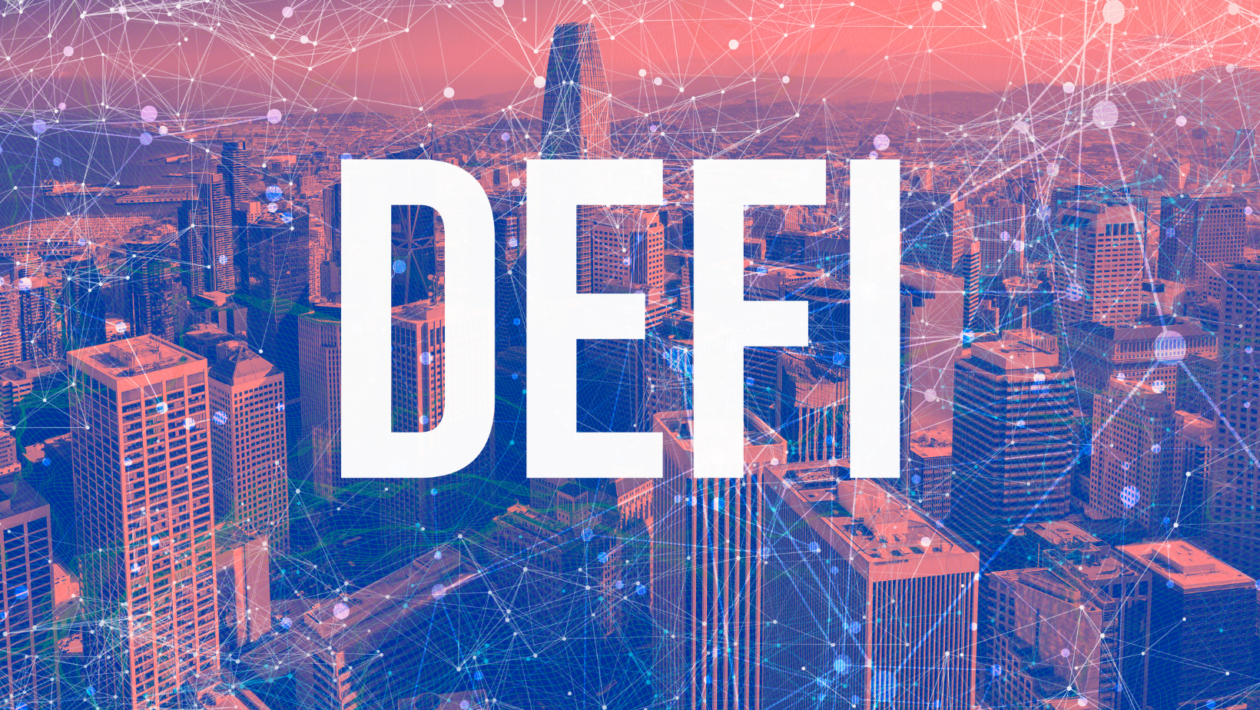Chicken Little might as well have been a HODLer when he famously said, “The sky is falling,” with Bitcoin having dropped around 70% from its all-time high of US$68,672 and the entire crypto market, which once had a combined valuation of around US$3 trillion, now down to US$1 trillion.
While crypto tries to stop its free fall and its critics and skeptics revel in the misfortune of many people losing their life savings, the elephant in the room is the long-term viability of crypto as an investment. The smaller, yet perhaps more important elephant is the question of which direction decentralized finance (DeFi) will take once the bear market cleanses the weak and scammy projects from the industry.
To understand this, it is important to analyze and understand the current state of both the crypto and non-crypto markets right now.
From bull to bear
From the explosion of NFTs (non-fungible tokens) to blockchain gaming receiving unheard-of valuations, we all saw irrational exuberance on full display during the last six months of the previous bull market. At the time, there were signs something in the market was unbalanced.
There is no doubt this contributed to the overall growth of the crypto and blockchain industry. On the other hand, this imbalance, influenced by hype and overleveraging by institutional investors in the marketplace, was in a dire need of correction.
But unlike in past market corrections, crypto has matured a great deal over the last few years, and its ebbs and flows have been in lockstep with the broader financial markets. The economic slide seen on international financial markets, accompanied by soaring inflation, will impact the value of most cryptocurrencies.
The correlation of crypto’s fluctuations with the traditional financial markets is somewhat unusual in the sense that at the onset of the Covid-19 pandemic, Bitcoin and most other coins decoupled from the dollar. This was the result of the entrenched belief that quantitative easing would lead to inflation and that Bitcoin and other cryptos were considered safe-harbor assets.
Quantitative easing amid the plummeting of the financial markets in March 2020 brought on by the uncertainty of Covid certainly played a role in the recent inflation we’ve witnessed. But let’s not ignore or overlook the price-gouging corporations, the impact of the Russian invasion of Ukraine, or the global supply chain disruptions that also factored in. However, crypto didn’t end up providing a hedge against this. Cheap credit and government benefits fueled much of the Covid-era growth and now many firms have crypto portfolios bought on credit.
As the wider financial markets try to recalibrate before falling deep into a recession, it is understood that there will be a rebound — albeit likely a slow and painful one. When the eventual recovery occurs, the slimmed-down and battle-tested crypto ecosystem will rise with it. This is a safe bet, but what is a little less clear is what role DeFi will play in a post-bear market world.
DeFi’s role going forward
Crypto Darwinism is already taking shape. Decentralized exchanges (DEXs) and DeFi platforms offering decentralized versions of traditional banking services have been able to, so far, weather the crypto firestorm relatively well. The collapse of platforms like Celsius and Anchor has begun to shift focus on the need for DeFi to play a larger role going forward.
That collapse, however, shouldn’t be seen as a failure of DeFi as a fundamental advent in the progress of blockchain applications. Those platforms failed because they failed to assess risk just as any traditional financial entity would have had to, not because DeFi ecosystems can’t offer a viable or even superior financial alternative to TradFi.
The benefits of DeFi are clear. First and foremost, it facilitates quick and safe payments and transactions. Even traditional financial institutions see the value in this and have for years been exploring how to get involved in providing their own versions of crypto services.
DeFi platforms are also able to make borrowing and lending much easier when compared with traditional banks. Some platforms don’t even require collateral to receive a loan. By removing the intermediary, DeFi streamlines the loan process, making it easier, quicker and more affordable for users.
DeFi is already a blossoming hub for investors in digital assets, providing the real potential to earn yields. As opposed to traditional finance, DeFi hosts a plethora of investment options for retail investors to earn. These yield options include staking, yield farming, liquidity mining and trading. DeFi is already a one-stop shop for the average investor or borrower.
As the bear market barrels on, DeFi is positioning itself as an irreplaceable staple in the crypto universe. While the global economy tries to stave off a recession and centralized crypto exchanges go bankrupt, the moment for DeFi services to take center stage is now, prior to the next bull run.
A more pronounced role for DeFi will certainly benefit the wider crypto market regardless of which direction the traditional financial markets are trending. This, however, doesn’t mean that centralized exchanges have no part to play in the crypto community. Centralized platforms play the important role of enabling people to cash out in fiat currency, and there is value in this, assuming these platforms have cash on hand to pay out to users. DeFi simply needs to be the default outlet supporting the greater crypto ecosystem. Only with DeFi as the engine of the crypto economy, can we see a return to the bull market boom.

